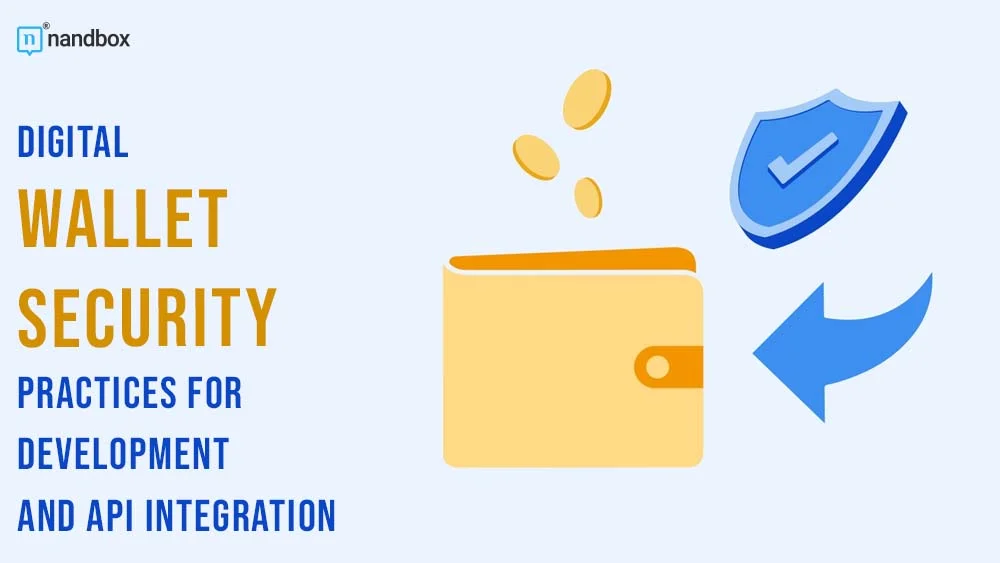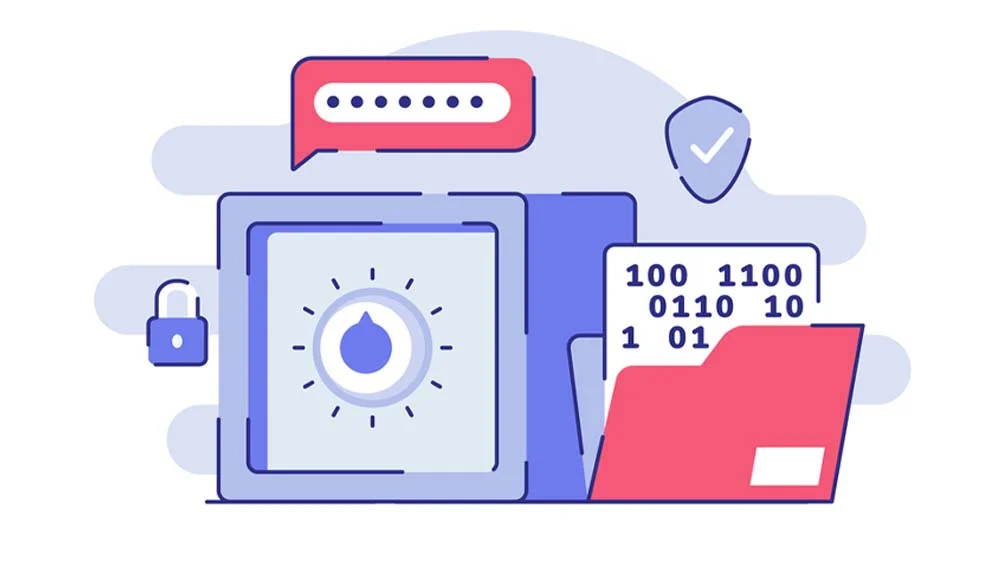Digital wallets have revolutionized how people store and manage money, allowing secure, fast, and convenient financial transactions. However, building a secure digital wallet requires a robust development process with a strong focus on security, usability, and seamless integration with third-party services. With cyber threats becoming increasingly sophisticated, it is critical for developers to implement best practices in software development and API integration to protect users’ sensitive financial data. In this article, we will explore the best practices for building a secure digital wallet, emphasizing the role of MPC wallet (Multi-Party Computation wallets) and how they contribute to enhanced security.
The Importance of Digital Wallet Security in Development
Security is a paramount concern in digital wallet development. A breach in the wallet’s security could lead to financial losses, identity theft, and loss of trust among users. Developers must prioritize security at every stage of the wallet’s development, from coding to API integration, ensuring that sensitive information such as private keys, authentication details, and transaction data are protected against unauthorized access.
Some of the key security risks that digital wallets face include:
- Phishing attacks
- Man-in-the-middle (MITM) attacks
- Malware and trojans
- Weak encryption algorithms
- Poor API implementation
To counter these threats, developers must adopt best practices that combine strong encryption techniques, secure coding practices, and resilient API integration.
Digital Wallet Security: Best Practices for Developing a Secure Digital Wallet
1. Implement Strong Encryption
Encryption is the foundation of secure digital wallet development. It ensures that sensitive data such as private keys, passwords, and financial transaction details are rendered unreadable to unauthorized parties. Using strong encryption algorithms, such as AES-256 and RSA, is essential in protecting data both in transit and at rest.
For digital wallets, particularly MPC wallets, encryption plays a vital role in distributing sensitive data securely across multiple parties. Multi-party computation allows the private key to be split into multiple shares, each managed by different entities, ensuring that no single party has full access to the private key. This provides enhanced protection against unauthorized access and reduces the risk of key theft.
Best Encryption Practices:
- Use well-established encryption algorithms like AES-256 for data encryption.
- Ensure that encryption is applied consistently throughout the application.
- Implement secure key management solutions to protect and rotate encryption keys.
- Avoid hardcoding sensitive information in the source code; instead, use secure storage solutions such as hardware security modules (HSMs) or cloud-based key management services.
2. Secure Authentication and Authorization
Authentication and authorization mechanisms are critical components of digital wallet security. Developers should implement multi-factor authentication (MFA) to verify user identities and grant access to sensitive data and wallet features. MFA combines two or more verification methods, such as passwords, biometric data, and one-time passcodes (OTPs), making it harder for attackers to compromise the wallet.
Authorization protocols like OAuth 2.0 should be implemented to control user access to different wallet functions and third-party services. Proper authorization ensures that only authorized users and applications can perform certain operations, such as initiating transactions or accessing sensitive financial data.
To further enhance security, it’s essential to apply best practices for cloud data protection. These include regularly updating and patching systems, using encryption for data at rest and in transit, and monitoring for suspicious activity. Implementing role-based access control (RBAC) and conducting routine security audits can also help minimize vulnerabilities and ensure that only the right users have access to critical systems.
Best Authentication Practices:
- Implement multi-factor authentication (MFA) for enhanced security.
- Use secure and modern hashing algorithms (e.g., bcrypt, Argon2) for password storage.
- Enforce password complexity and periodic password updates.
- Use OAuth 2.0 and OpenID Connect for secure authorization and identity management.
3. Adopt Secure Coding Practices
Secure coding practices help prevent common vulnerabilities in digital wallets, such as SQL injection, cross-site scripting (XSS), and buffer overflows. Developers must follow best practices, conduct regular code reviews, and ensure that their code is free from security flaws.
Secure coding practices involve:
- Input Validation: Always validate and sanitize user inputs to prevent injection attacks, such as SQL injection and cross-site scripting (XSS).
- Error Handling: Ensure that error messages do not leak sensitive information to attackers. Use generic error messages that do not disclose underlying system details.
- Session Management: Implement secure session management techniques, such as generating unique session tokens, using HTTPS for secure communication, and setting appropriate session expiration times.
Best Secure Coding Practices:
- Use frameworks and libraries that are actively maintained and regularly updated for security vulnerabilities.
- Conduct regular code reviews and penetration testing to identify and fix security issues.
- Ensure that user inputs are sanitized and validated to prevent common attacks like SQL injection and XSS.
- Avoid using deprecated or insecure functions and APIs in your code.
API Integration: Best Practices for Digital Wallet Security
APIs (Application Programming Interfaces) play a critical role in digital wallet development by enabling wallets to communicate with third-party services such as payment gateways, banks, and cryptocurrency exchanges. However, improper API integration can expose wallets to security risks. Therefore, developers must adopt best practices to ensure secure API usage.
1. Use Secure API Endpoints
When integrating third-party APIs into a digital wallet, ensure that all API endpoints are secure and use HTTPS to encrypt data in transit. This prevents man-in-the-middle attacks, where attackers could intercept sensitive information during API communication.
Best API Security Practices:
- Always use HTTPS to encrypt API communications and prevent data interception.
- Ensure that the API endpoints are protected with strong authentication mechanisms such as OAuth 2.0 or API keys.
- Regularly audit and update APIs to address vulnerabilities or deprecated endpoints.
2. Implement Rate limiting and Throttling
APIs are susceptible to abuse through brute-force attacks or denial-of-service (DoS) attacks. To mitigate these risks, developers should implement rate limiting and throttling to restrict the number of API requests a client can make within a specific time frame.
Best Practices for Rate Limiting:
- Implement rate limiting and throttling to prevent API abuse and protect server resources.
- Monitor API usage and enforce rate limits based on user behavior.
- Use logging and monitoring tools to detect unusual traffic patterns that may indicate an ongoing attack.
3. Secure API Keys and Tokens
API keys and tokens provide access to API services, and they must be handled with care. Exposing or mismanaging API keys can lead to unauthorized access and breaches. Use secure storage solutions, such as vault services, to protect API keys and tokens.
Best Practices for API Key Management:
- Store API keys and tokens securely, avoiding hardcoding them in source code.
- Rotate API keys regularly and revoke any compromised keys.
- Use environment variables or secure vault services for storing sensitive API credentials.
Digital Wallet Security: The Role of MPC Wallets in Strengthening the Process
The MPC wallet represents a significant advancement in digital wallet security. By splitting the private key into multiple shares and distributing these shares among different parties, MPC wallets prevent any single entity from having complete control over the key. This not only enhances security but also mitigates the risks of single points of failure. MPC wallets are particularly well-suited for enterprise-level applications, where multi-party transactions and complex financial operations require heightened security and privacy.
Conclusion
Building a secure digital wallet requires a comprehensive approach that involves strong encryption, secure coding practices, robust authentication mechanisms, and proper API integration. By implementing these best practices, developers can significantly reduce the risks of cyberattacks and protect users’ financial data. The MPC wallet stands out as a critical tool in this landscape, offering enhanced security through decentralized key management and protecting users from emerging threats. As the digital wallet industry continues to evolve, security will remain at the forefront of wallet development, ensuring the safety and trust of users worldwide.





